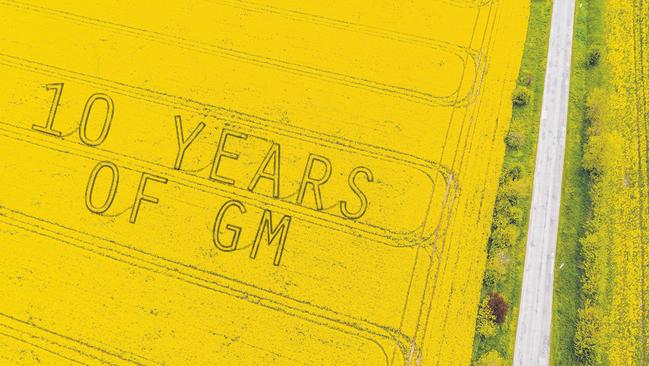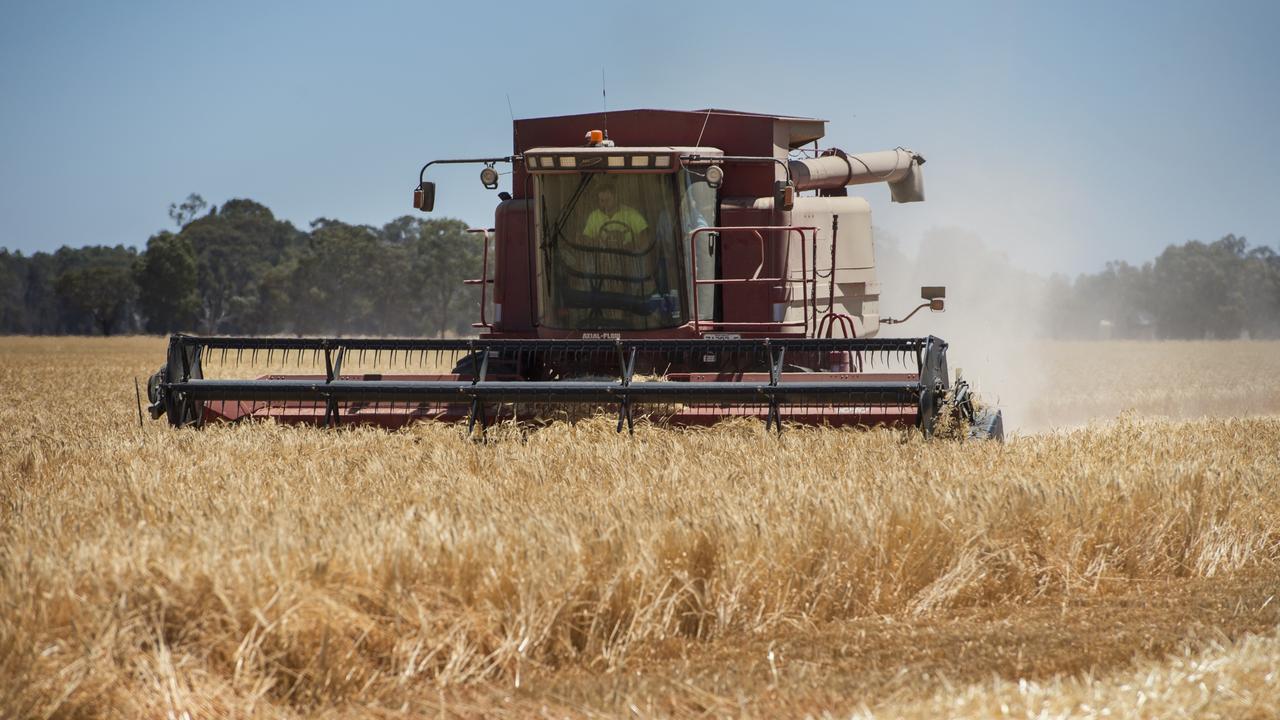Ten years of genetically modified crops
THE growing of genetically modified crops in Australia is at a turning point, 10 years after the first crops were sown in Victoria, writes LYNDAL READING.

THE victory by the Liberal Party in the South Australian election, may lead to a new era of choice for that state’s farmers.
Last year the Liberal Party committed to a review of a moratorium on growing genetically modified crops if it should win.
If it lifts the ban, Tasmania would be the last remaining grain growing state where GM crop can’t be grown. A four-year ban was lifted in Victoria in November 2007, paving the way for the first crops to be grown in 2008.
Grain Growers chief executive David McKeon said it was important to look at the facts behind the issue of GM crops.
Grain Growers is a member of the Australian Biotechnology Council of Australia, which, along with Grain Producers South Australia, released a report into the South Australian moratorium earlier this month. The report found there was no financial benefit to any commodities in maintaining the ban.
“There have been different views about where the benefits are and with the South Australian elections, there seems to be an interest in having a review,” Mr McKeon said.
He said the Liberal Party was “committed to a process to review whether there is a benefit” of maintaining the ban.
Grain Producers Australia is calling for an immediate exemption for the transport of GM seed through South Australia, in a bid to reduce seed costs to West Australian farmers.
West Australian Grain Growers chairman Doug Smith said one of the positives of lifting the ban in SA would be cheaper freight for GM seed. At the moment the seed from the eastern states needed to be freighted via the Top End to WA.
He said GM canola was grown in the higher rainfall areas of WA.
WAFarmers Grains Council president Duncan Young said the ban on GM canola in WA was lifted in 2010.
“It’s positive — the fact that growers have a choice on whether to grow conventional, hybrid or GM,” Mr Young said.
“It’s great for integrated weed management.”
Mr Young said the new high omega 3 GM canola, which was approved by the Office of the Gene Technology Regulator for release in Australia, would be a game changer.
“This is the second phase of GM technology,” he said.
“The first was using the chemicals and now it’s about introducing traits that are beneficial for consumers.”
Mr Young said the omega 3 canola would reduce pressure on fish stocks, which were harvested for the nutrient.
“It’s a sustainable and renewable source,” he said.
Mr McKeon also saw the omega 3 as a new phase in the development of GM technology.
“We’ve seen, in these early stages, agronomic improvement, improved pest management, lower pesticide use and reduced weed resistance. The first phase of GM was focused on productivity benefits,” he said.
“But with the new strain of omega 3 canola has started to show there’s a whole range of benefits, consumers benefit.”


